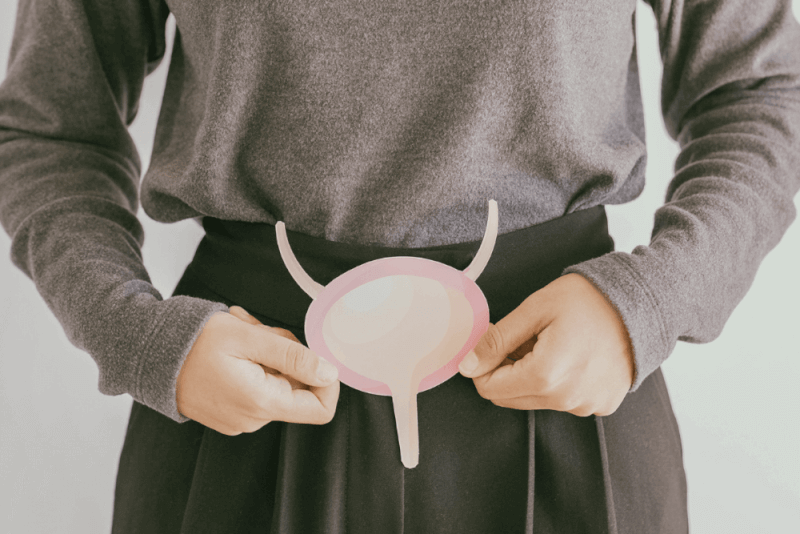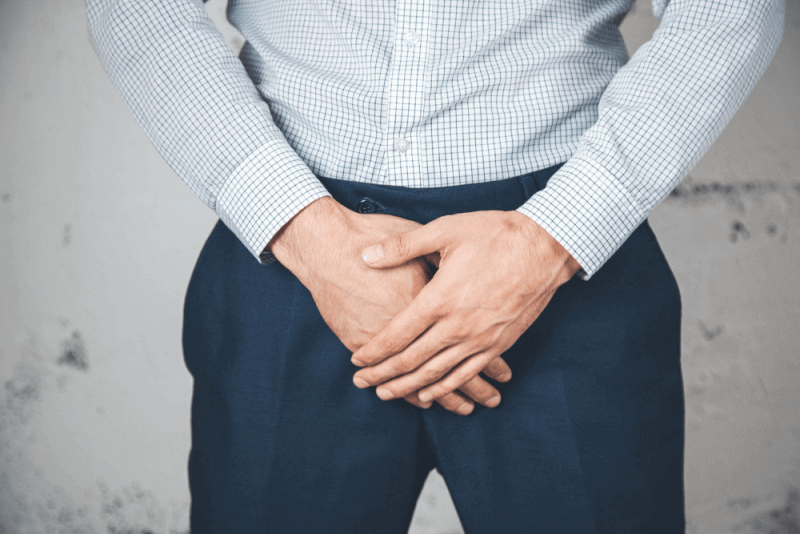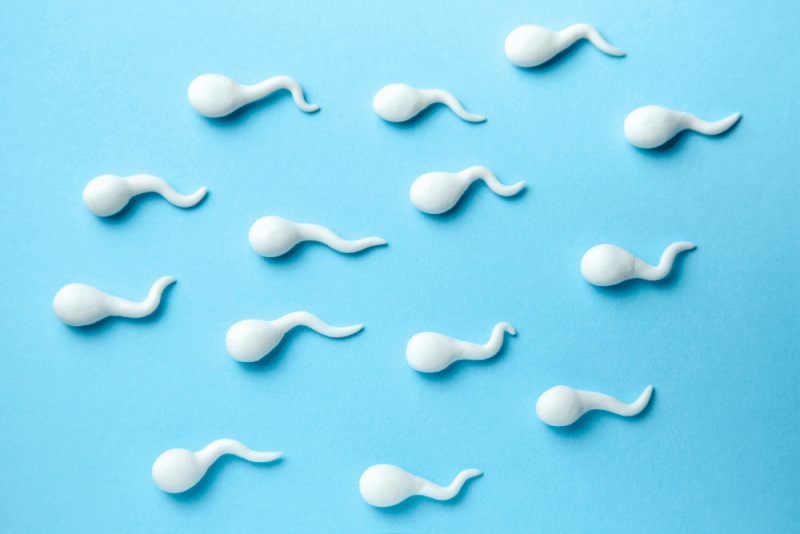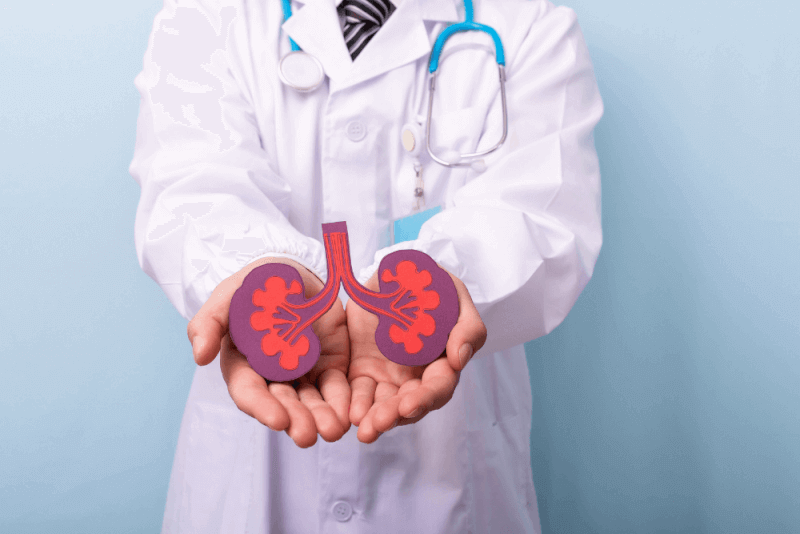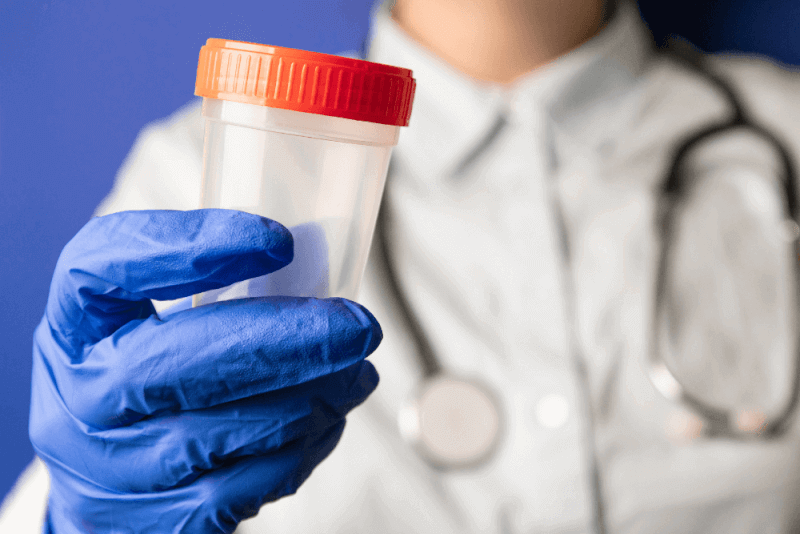What is Bladder Prolapse?
Bladder prolapse, also known as cystocele, occurs when the ligaments and muscles around the bladder, as well as the vaginal wall that holds the bladder, weaken. This condition causes the bladder to sag into the vagina and is one of the types of pelvic organ prolapse. Bladder prolapse is known by many different names, including:
- Bladder prolapse
- Herniated bladder
- Bladder sagging
Degrees of Bladder Prolapse
Bladder prolapse is classified into three degrees:
- First-degree is mild bladder prolapse. The bladder drops only a short distance into the vagina.
- Second-degree is moderate bladder prolapse. The bladder drops just outside the vaginal opening.
- Third-degree is severe bladder prolapse. The bladder sags well beyond the vaginal opening.
Diagnosis Methods for Bladder Prolapse
A urologist or gynecologist can diagnose bladder prolapse. First, the patient's medical history and symptoms are reviewed, followed by a physical examination. Additionally, the following tests may be requested to confirm the diagnosis:
- Urodynamic tests to measure the bladder's ability to hold and release urine.
- Cystoscopy to check for malformations, obstructions, tumors, or stones in the bladder or urinary tract.
Causes of Bladder Prolapse
The muscles and connective tissues responsible for holding the bladder can be damaged for various reasons, including:
- Vaginal childbirths that strain the pelvic floor muscles
- Family history of bladder prolapse
- Obesity
- Hysterectomy
- Decrease in estrogen production
Symptoms of Bladder Prolapse
Symptoms of bladder prolapse include:
- Feeling or seeing a bulge in the vaginal opening
- Feeling of fullness, heaviness, or pain in the pelvic area, which may worsen when standing, coughing, or lifting heavy objects.
- More frequent trips to the bathroom
- Difficulty completely emptying the bladder while urinating
- Frequent urinary tract infections
- Problems with inserting tampons and menstrual cups
Treatment Methods for Bladder Prolapse
The treatment method for bladder prolapse varies depending on the severity of the condition. People with mild bladder prolapse should avoid heavy lifting and straining. In mild cases, treatment may not be necessary. For some mild cases, the following treatment options can be considered:
- Maintaining a healthy weight
- Estrogen replacement therapy
- Kegel exercises to strengthen the openings of the urethra, vagina, and rectum
- Pessary device to hold the bladder in place
Exercises for Bladder Prolapse
Various exercises are used to tighten the pelvic muscles as part of the treatment for bladder prolapse. The pelvic floor muscles support the openings of the anus, vagina, and urethra. If these muscles are not in good condition, they cannot effectively support these openings. To strengthen the muscles, the following exercises can be done:
- Sit, stand, or lie comfortably with legs apart. First, identify the correct muscles by squeezing the muscles at the back as if stopping gas. This will help identify the back part of the pelvic muscles.
- Next, squeeze the muscles as if holding in urine. These muscles are at the front of the pelvic floor.
- Once the pelvic muscles are identified, squeeze them from back to front. Hold the muscles tight for 10 seconds. Start with 5 times a day and increase to 12 times.
- Finally, squeeze the muscles quickly and then relax. Start with 5 times a day and increase to 10.
Bladder Prolapse Surgery
Surgery is recommended for bladder prolapse if the problems caused by the condition significantly affect the patient's life. However, there are some considerations before undergoing surgery:
- If surgery is done at a young age, the condition may recur in later years. Older patients should consider other health issues as well.
- Those who wish to have more children should postpone surgery until their family is complete.
- The general health condition of the patients should also be considered.
Methods of Bladder Prolapse Surgery
Bladder prolapse surgery can be performed using two different methods:
Obliterative Surgery
In this surgical method, the vagina is narrowed or completely closed to support the bladder. These surgeries make sexual intercourse impossible.
Reconstructive Surgery
In this surgical method, the tissue supporting the bladder is reconstructed. The patient's own tissue can be used, or an artificial mesh can be placed. In both methods, the supports are attached to the bone.
Due to the risk of infection and potential deterioration over time, the use of artificial mesh is limited to special cases. These cases include insufficient patient tissue and a history of unsuccessful surgeries.
Both types of surgery can be performed with small incisions in the abdomen using laparoscopy or through the vagina. Surgeries can be done under general anesthesia or local anesthesia.
Benefits of Bladder Prolapse Surgery
The benefit of bladder prolapse surgeries is a significant improvement in patients' quality of life. Confidence and stress caused by the condition are completely eliminated.
Complications of Bladder Prolapse Surgery
Complications of bladder prolapse surgery include:
- Bleeding
- Infection
- Complications related to anesthesia
- Recurrent prolapse
Recovery Process for Bladder Prolapse
The recovery process after bladder prolapse surgery is typically 2 weeks. However, activities such as heavy lifting, exercise, or sexual intercourse should be avoided for six weeks.
Life After Bladder Prolapse Surgery
Paying attention to the following points in the first weeks after bladder prolapse surgery can speed up recovery:
- Over-the-counter painkillers can be taken if any discomfort is felt.
- Rest when needed.
- Wait one week before taking a shower.
- Use hygienic pads if necessary. Bleeding may continue for up to 4 weeks.
- Wear loose clothing that does not press on the abdomen for a few weeks.
- Stitches usually heal within a few weeks. However, in some cases, it may take up to 3 months for the stitches to dissolve.
- Patients may need to use vaginal estrogen cream or tablets after surgery.
- Some patients may experience bothersome swelling.
Diet
Constipation is common after surgery. Therefore, it is essential to drink plenty of water and consume foods rich in fiber after surgery. Avoid straining while emptying the bowels. If there is no bowel movement for a few days, inform the doctor and take the necessary medications.
Exercise
Light exercise after surgery can help alleviate discomfort and swelling and regain strength. Activities that can be done include:
- Walking to gradually increase distance and endurance.
- Low-impact exercises such as cycling, swimming, and gentle Pilates can be started six weeks after surgery.
- Some patients should avoid high-impact exercises in the long term.
Things to Avoid
During the recovery period after bladder prolapse surgery, it is essential to avoid the following:
- Avoid tea, coffee, and alcohol.
- Avoid strenuous activities, prolonged immobility, and heavy lifting.
- Do not smoke as it can cause coughing, which strains the pelvic muscles.
- Avoid sexual intercourse until fully healed.


